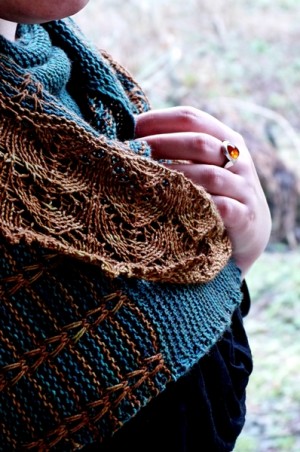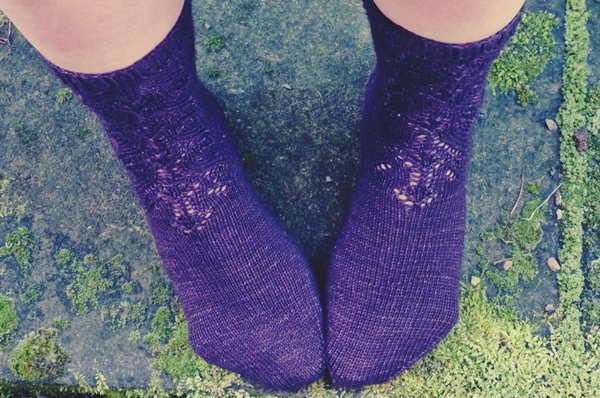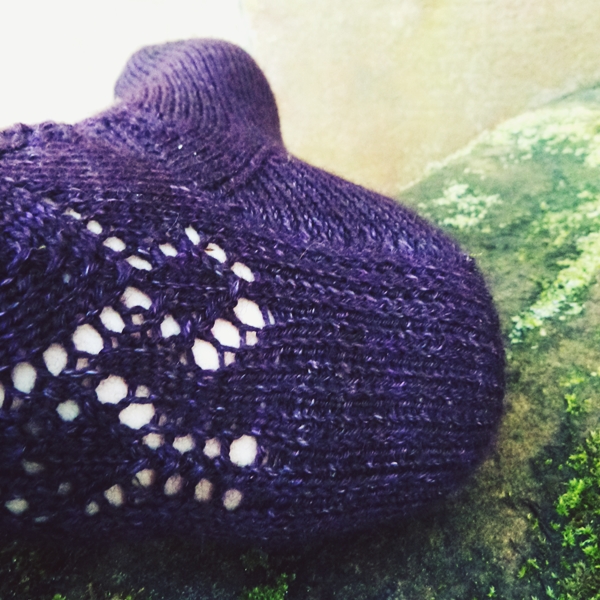This is the week of everything. My best friend is turning mumble, mumble - but she is in Sweden and I am in Scotland. I cannot celebrate with her and though it hurts every year, this year it feels worse than ever. So happy birthday to Christina, the light of my life. I miss you so much.
This is also the week in which I release three patterns (stay with me) and I'm going to a woolly event in North Yorkshire. It is the week where many other special people celebrate big events. It's the week where I look at my to-do list and wonder what has happened to my sanity.
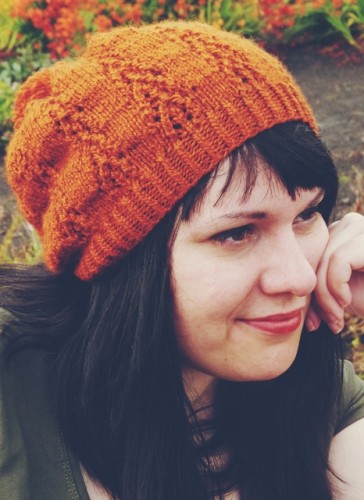
This is Top Hygge - I was feeling very whimsical when I named it! It is the hat that spawned the entire HYGGE collection and the name is Danish slang for 'peak hygge' -when things just cannot get any more chilled or happier. We shot the pattern photos during a picnic on Glasgow Green. It was a slightly damp day, but we had a picnic blanket and food with us plus the most amazing garden surrounding us.
The hat uses exactly one skein of Thick Pirkkalanka from Midwinter Yarns (worsted weight, it runs 170m/186 yrds per skein). It is a slouchy, relaxed hat with easy lace columns and a big pompom on top of the crown. The pompom eats up a lot of yarn, but thankfully the pattern is written so you just keep making the pompom until you run out of yarn!
I've been chatting to Estelle of Midwinter Yarns about Thick Pirkkalanka. It is a great woolly yarn with a lot of bounce and I found myself wondering what '100% wool' covered. According to Estelle, the yarn hails from Norway before it is processed in Finland (I believe) and the wool comes from Dala and Rygja sheep. For some reason I thought there was a bit of Spæl sheep involved, but I cannot find any trace of that in our correspondence. I do love a bit of added Nordic-ness.
The next pattern from the HYGGE collection will be released this Friday. Dave and I went north this past weekend and somehow landed probably the best photos we've ever shot. It helps the yarn and the pattern are ridiculously photogenic, but I'm still really pleased!
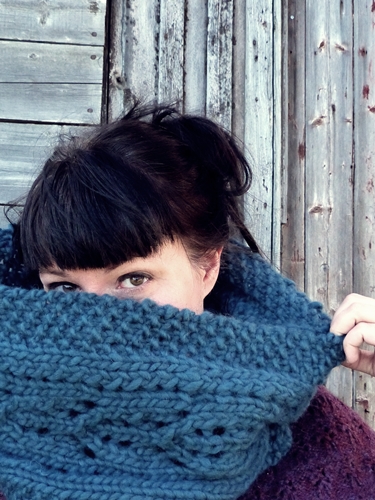 The next pattern is called Brygga. It is a squishy, chunky cowl knitted in two hanks of Ullcentrum Lovikka (again from Midwinter Yarns). I rarely knitted with very chunky yarns, but I really enjoyed working with Lovikka which felt crisp and had great stitch definition. It is a Swedish yarn which is normally used for making mittens in Lapland and neighbouring regions, so I felt taking it out of that mitt-making context would be a lot of fun.. and it was!
The next pattern is called Brygga. It is a squishy, chunky cowl knitted in two hanks of Ullcentrum Lovikka (again from Midwinter Yarns). I rarely knitted with very chunky yarns, but I really enjoyed working with Lovikka which felt crisp and had great stitch definition. It is a Swedish yarn which is normally used for making mittens in Lapland and neighbouring regions, so I felt taking it out of that mitt-making context would be a lot of fun.. and it was!
Like all HYGGE patterns, I wanted the knit to be cosy and relaxed. I also wanted it to be really wearable and practical. In Scandinavia you are never far from the sea (we are the Viking nations, after all) and everybody spend so much time either on boats or watching the sea from the shore.
Brygga means jetty in Swedish - the quintessential place to watch life go by during the summer (either hurling yourself into the water or dangling your feet) and a fabulous place to rest during a chilly autumnal walk. We shot the photos in a small Scottish fishing village overlooking the North Sea - thoughts turned both to the lost landscape of Doggerland underneath the calm surface, but also of Scandinavia just beyond the horizon.
And then, finally, I am thrilled to say that I am one of the designers behind the brand-new Drift collection from Eden Cottage Yarns. I am honoured to be included with international names such as Thea Colman, Åsa Tricosa, and Justyna Lorkowska as well as homegrown talent such as Louise Zass-Bangham and Clare Devine (among many others).
I was asked by Eden Cottage if I wanted to design a shawl in the most soft, delicious alpaca you can imagine. I accepted the challenge and played with the traditional hap construction to come up with the Swale shawl.

(photo by Eden Cottage Yarns)
Like so many of my patterns, I tried to keep it simple but effective. If you have never knitted a hap before, this would make a great introduction to the construction. Swale is knitted almost entirely in soothing garter stitch with just the edging providing a little bit of space. The shawl is quite large - but I find that I often prefer large shawls these days and Swale is relatively to knit because ECY Whitfell is a DK yarn. The alpaca also allows for fantastic drape.
You can see all the other Drift patterns at the Eden Cottage Yarns stand at Yarndale this forthcoming weekend. I'll be at Yarndale on Saturday (catching the dawn train from Glasgow!). I'll be bringing the HYGGE samples to the Midwinter Yarns stand (meet me there at 12.30!), hopefully get together with the Scollay-alongers at 2pm (check out the Brityarn group on Ravelry for more info), and then see you at the ECY stand at 3pm! Hopefully I'll also get a chance to browse stalls as a regular person as I missed out on the marketplace at Edinburgh Yarn Festival.
Wowza, what a long post but so much is happening at the moment! I'm off to have lunch and will then attack my inbox with gusto. Wish me luck - and if you are going to Yarndale, make sure to say hello!

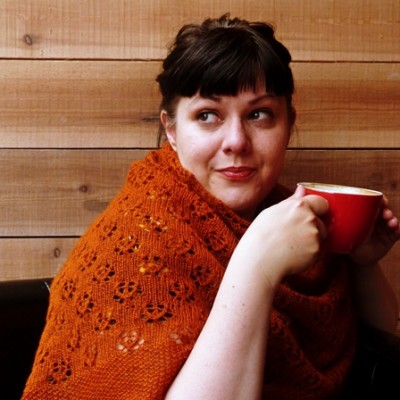 Yesterday was a bit of a hectic day. We walked all over Glasgow trying to get good photos of the first pattern in the Hygge collection. After having posed in three different locations, David said to me: "I never asked. What's the shawl's name?" - I replied: "Fika. Fee-ka. It's a Swedish word for a coffee-break where you spend quality time sorting out the world with your loved ones."
Silence.
Yesterday was a bit of a hectic day. We walked all over Glasgow trying to get good photos of the first pattern in the Hygge collection. After having posed in three different locations, David said to me: "I never asked. What's the shawl's name?" - I replied: "Fika. Fee-ka. It's a Swedish word for a coffee-break where you spend quality time sorting out the world with your loved ones."
Silence.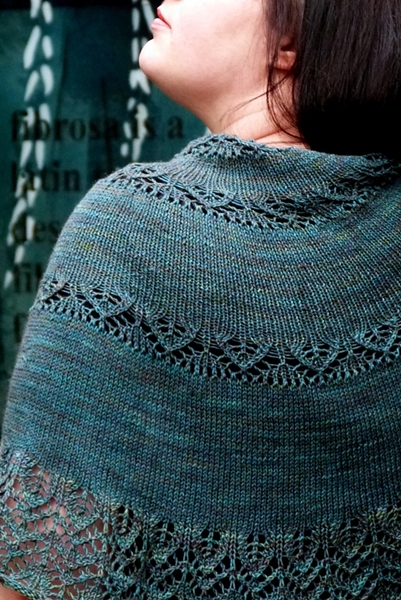
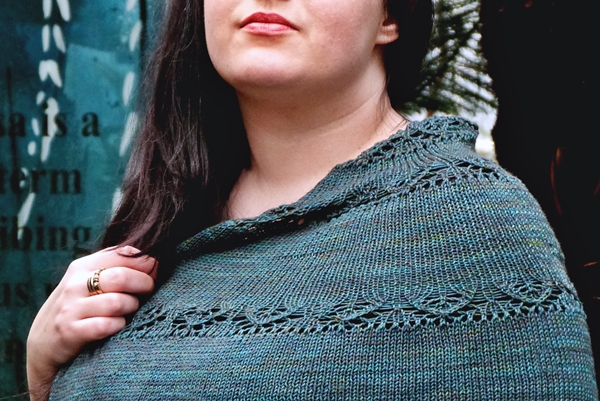
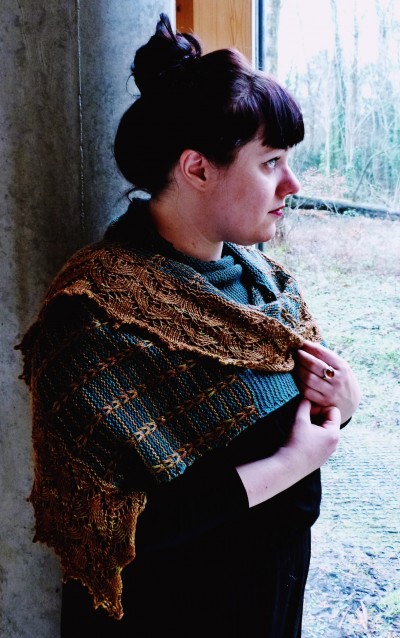 After a few teasing posts, I am happy to say that the Byatt shawl is now
After a few teasing posts, I am happy to say that the Byatt shawl is now 